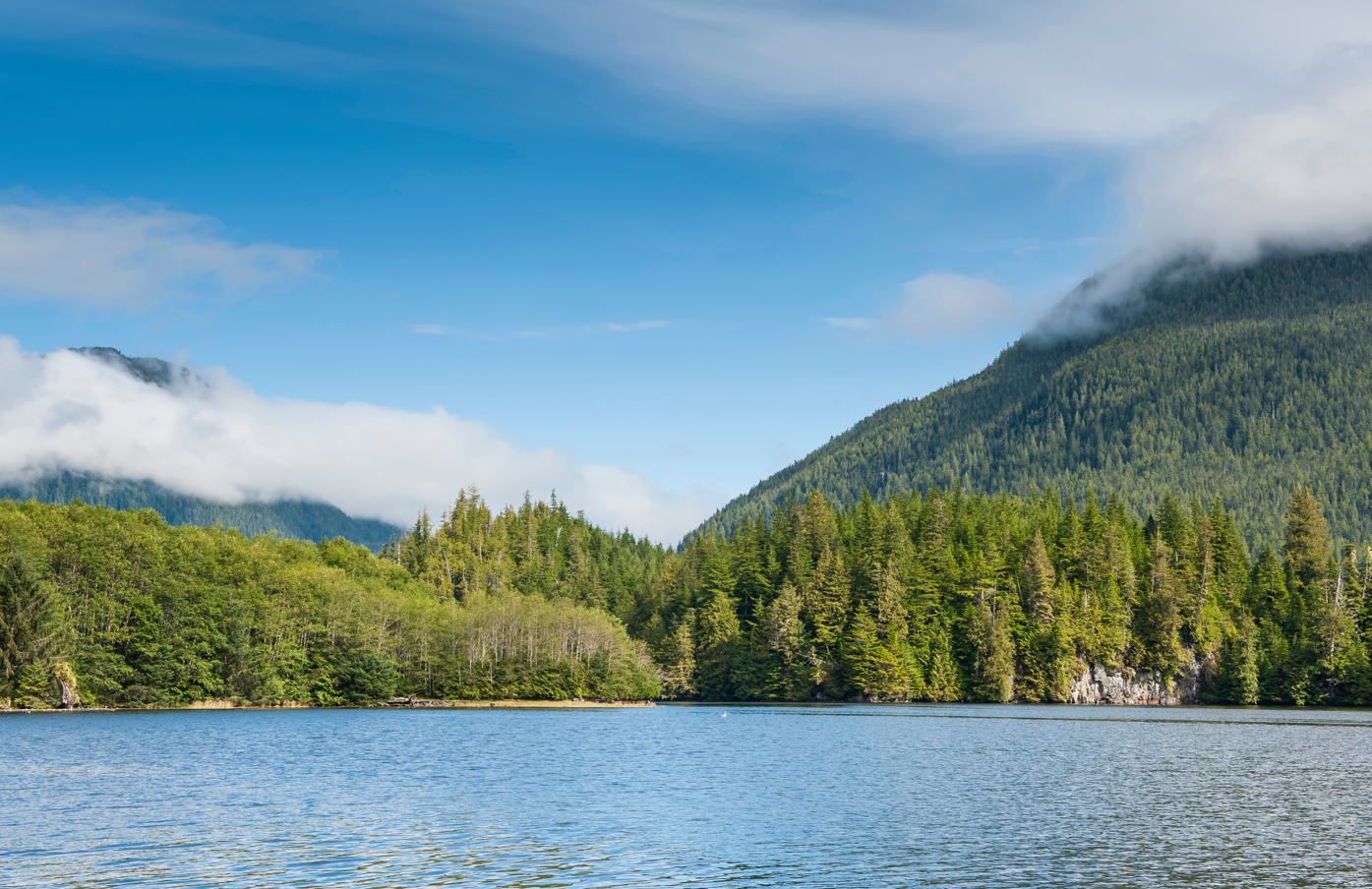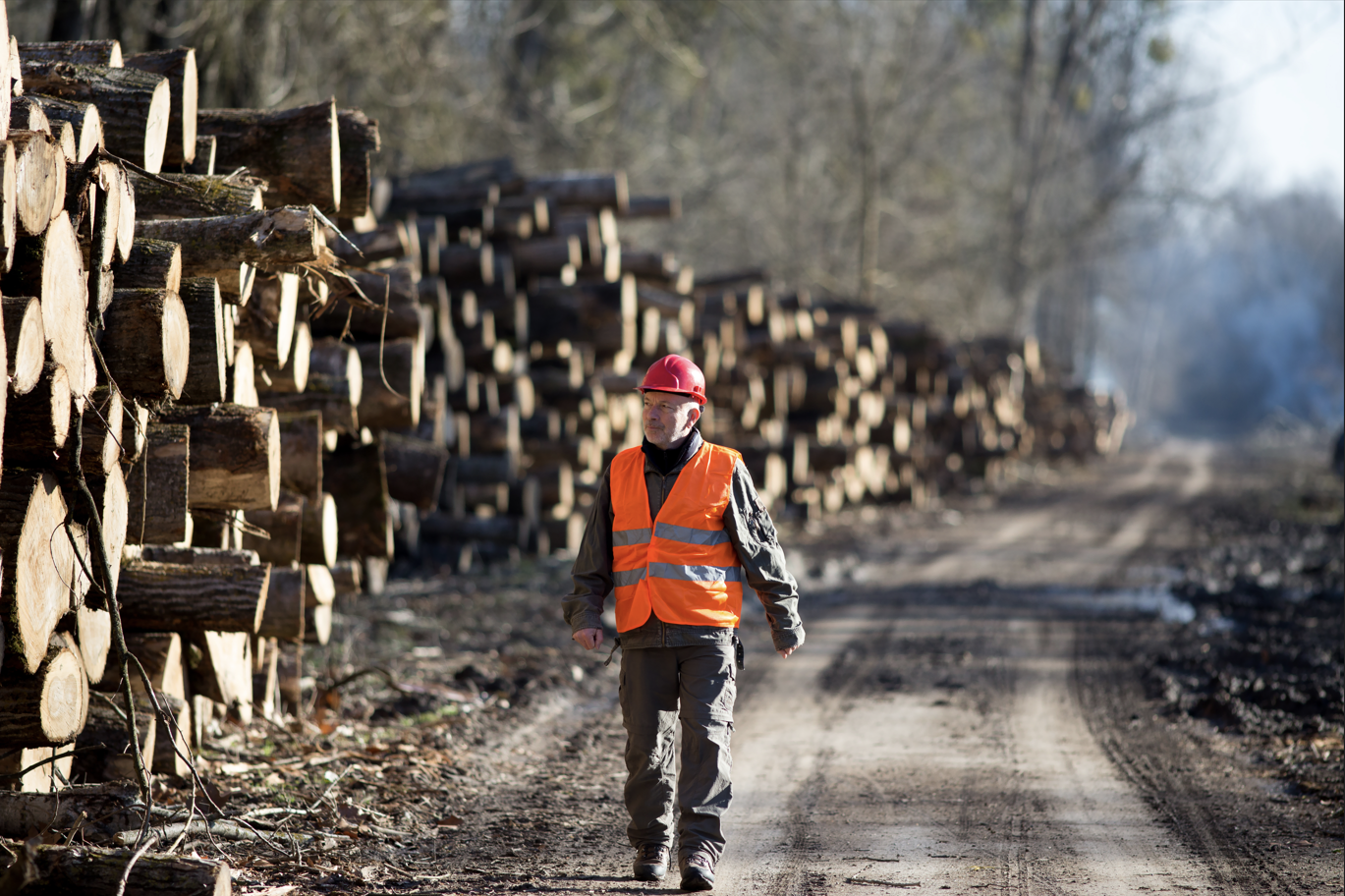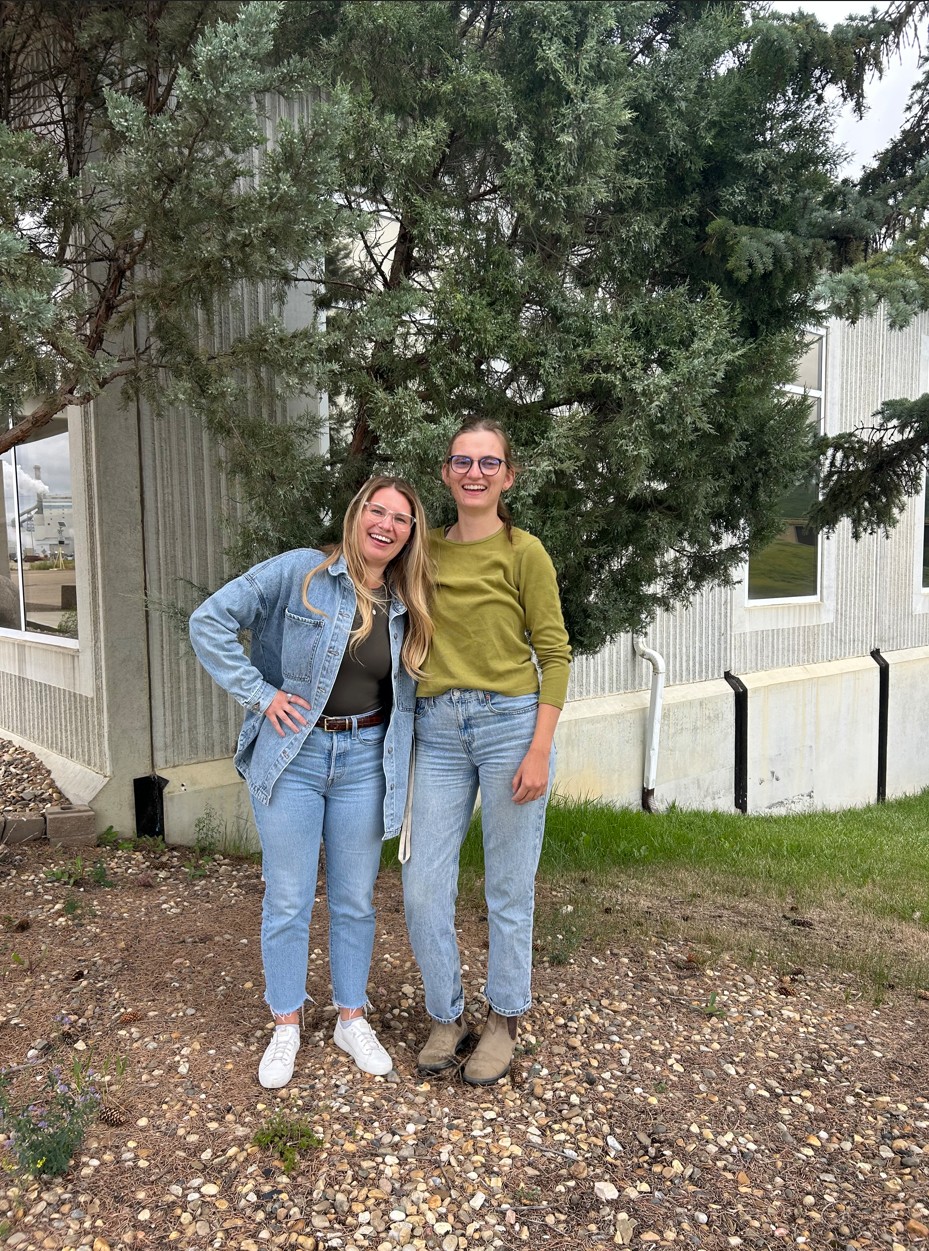As a means of site preparation, Weyerhaeuser sprays a small amount of their blocks with herbicide to reduce the amount of competing vegetation. It is only in select blocks that are overly covered with vegetation and is dire need of a helping hand. My silviculture supervisor, Tyler Niles, asked me to spearhead the project (while he went on vacation to get married, congrats!) and ensure that it was completed within government parameters. I got a set list of blocks that were to be sprayed, and I needed to walk them to ensure that all waterways had 40-meter buffer boundaries flagged off and check to make sure that all other ephemeral streams were either dried up or not flowing. The last thing we want is to get chemicals into a waterway! As I thoroughly enjoy strolling through cut blocks, I was more than happy to help Tyler with this project. I even found a moose shed in one of the blocks!


Another big part of the project was to ensure that the contractors were spraying in the proper conditions of less than 25 degrees Celsius, winds less than 10km/h, and a relative humidity of 40% or higher. The parameters were pertinent to abide by because higher temperatures/lower humidity the plants would harden off and not absorb the herbicide, and higher wind speeds/lower humidity raises the risk of off-target application. Herbicide is always a touchy subject in forestry and many frown upon it, but when used carefully it is an effective tool that helps reduce competing vegetation and the cost of site preparation. The chemical that was used for our backpack spray program (this means boots to the ground type of application rather than aerial) was Arsenal, also known as Imazapyr. It is a non-selective herbicide that kills off brush slowly over a matter of weeks. This herbicide has very low toxicity levels to humans and animals, does not cause eye/skin irritations (don’t go putting it in your eyes!), and stays within the first 20 inches of soil with no leeching (Bell 1997). It is interesting to note that Arsenal is only toxic to a single enzyme that is produced in plants, making it a very viable herbicide option (Bell 1997).

Using my kestrel (a device that measures all sorts of climate parameters) I would take two readings a day to ensure that the sprayers were spraying within the parameters. The backpack program was of course during one of our heat waves when temperatures were soaring way above 30 degrees Celsius, so I had to cut the spraying off early most days. Having a regulating Weyerhaeuser representative out on the spraying site daily was important for proper readings and to ensure the sprayers were applying the herbicide correctly. I didn’t want anyone spraying too carelessly or quickly to ensure that all vegetation was covered. I had morning meetings with the crew leader, planning which blocks they should do next based on where I had already buffered off waterways. Overall, the project went smoothly as there was always proper communication between me and the crew leader. I made sure to always work a day or two ahead so that the contractor never ran out of blocks to spray.
It was a little nerve-wracking to oversee such an integral project, but I’m glad that Tyler trusted me enough. I made sure to bombard his email inbox with daily updates and readings, so he had something to read when he got back from vacation. Jason McLean, the other Silviculture supervisor, helped me with my immediate questions and concerns (and occasional minor panics) whenever I needed.
Bell, C. 1997. Using arsenal for brushy species control. California Exotic Pest Council. Symposium Proceedings. 3 pp.










.jpeg)

